Chapter 5
Heron of Alexandria and the Gin Pole
50 CE
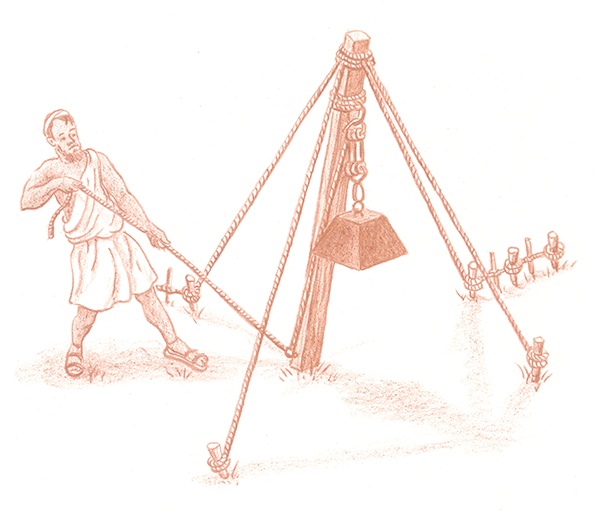
Ancient Alexandria was hotbed of scientific discovery. Euclid, the father of geometry, lived there, as did Eratosthenes, the mathematician who first measured the circumference of the earth. In Chapter 3, we met Ctesibius when we explored his siphons, and now we’ll explore the work of Heron, perhaps Alexandria’s earliest, if not its greatest, mechanical engineer.
You Can Lift Heavy Things
Prior to the 5th or 6th century BCE, the only ways to raise a heavy object were to either climb up on a ladder, put a rope over the object to be lifted, and pull, or, if you had enough time, build a ramp. The ancient Egyptians, who had a lot of people and a lot of time, much favored the ramp technique, and the great pyramids show that very durable things could be built this way.
But the Egyptians eventually did come up with better ways to hoist stuff. Around 1500 BCE, Nile farmers invented a counterbalanced lifting device called a swape that they used to irrigate their crops. With a swape, sometimes also called a shadouf (see Figure 5-1), they could lift buckets of water or baskets of rocks to a height of nearly 15 feet.
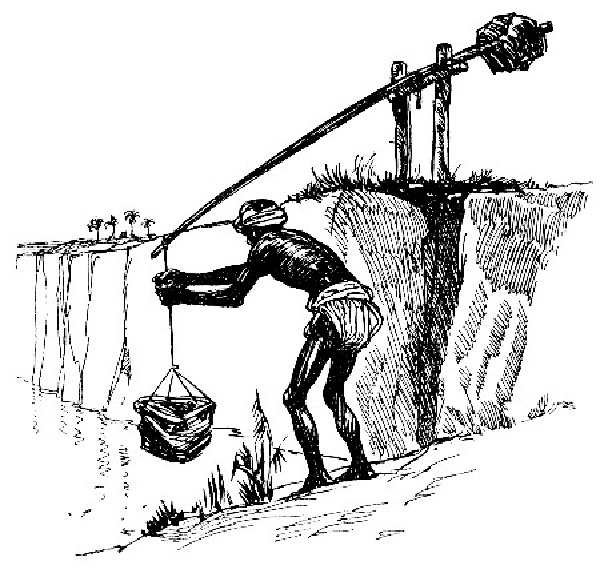
Figure 5-1: A shadouf in action
Fifteen feet was more or less the limit for machine-assisted lifting for 1,000 years—until the Greeks mounted a pulley on the end of a pole and thus invented the construction crane in the 6th century BCE. They soon realized that with such a device, the sky was the limit.
Who engineered those first cranes? Their names are lost; only their marks remain on the stones of the classical Greek temples. It is through the books of Heron (Hero) of Alexandria (c. CE 10–70), written by Heron, a Greek engineer who lived in Roman Egypt, that we first become well acquainted with the ancient construction cranes. The cranes Heron describes were simple affairs to look at, but they were world changers. Dependable and efficient lifters, they made it possible to build buildings taller than two stories without ramps.
Sadly, there just aren’t enough records to provide an understanding of what kind of person Heron was. But we can glean a bit of insight by reading between the lines of his writings on mathematics and mechanics. Certainly, he was well educated and he appeared to have been strongly influenced by Ctesibius of Alexandria, who we met in Chapter 3. Heron may even have been Ctesibius’s student.
Like Ctesibius before him, Heron appears to have been a clever sort of fellow, often using ingenious means to attain his goals. For example, Heron is often credited with designing the first coin-operated vending machine. He built a machine that dispensed holy water to be used in the Greek temple in Alexandria. When a temple visitor put a coin in a slot, the water valve would open for a predetermined amount of time and dispense a measured quantity of holy water from the spigot (see Figure 5-2).
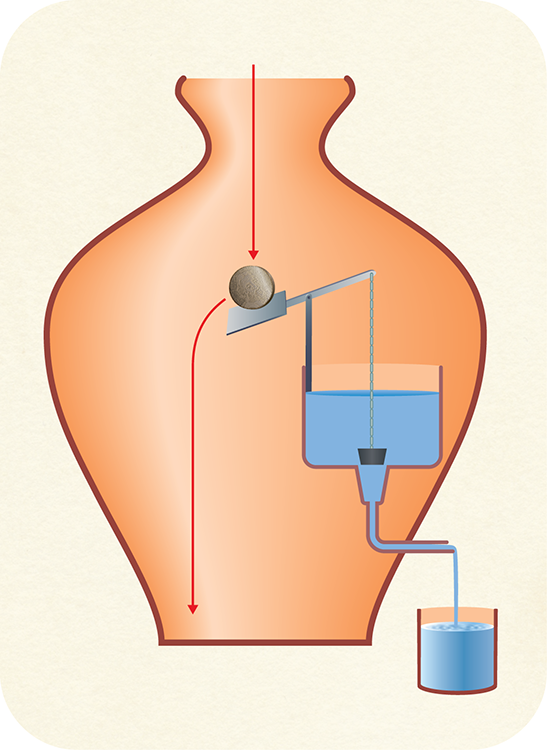
Figure 5-2: The first coin-operated vending machine
Heron’s Ancient Crane
Heron’s ancient crane is basically a long, strong pole, held in place with anchored ropes, with a strong ring attached at the top. Ancient crane makers looped a rope through the ring and tied one end of the rope to the thing they wanted to lift. To the other end of the rope, they connected a big wheel called a windlass. This became the standard tool in building construction for the next millennium and a half. That ancient, one-masted crane lives on today in an incarnation known as the gin pole.
The gin pole is the simplest crane possible; it consists of a single upright spar with hoisting tackle at the top and a system of loops to direct the ropework. In this setup, there’s no heavy base or counterweight to deal with. Instead, a system of guy lines stabilizes the spar and its bottom is constrained by simply being placed in a shallow hole. The gin pole can handle a lot of weight. For example, a 6-inch diameter, 20-foot-long wood pole rig can heft more than two tons.
But, and this is a big but, such enormous lifting capacity comes with inherent risks. Having spent time using a gin pole and other lifting equipment, I can tell you that lifting heavy objects can be a dangerous business if it is done improperly. Inadequate staking, poorly tied knots, undersized masts, or old, weak ropes can result in a broken rig and a bad situation. Rigging is an art, so start small, and increase your loads slowly as you become more proficient. And remember, never get under the load or mast during a lift!
Building a Gin Pole Crane
The gin pole is the aspirin of construction equipment—it’s a simple type of crane that’s been around a long time and it still works great. Used mostly for vertical lifts, the gin pole can hoist a load up to 50 feet.
Before you begin making your gin pole, please take a look at Figure 5-3 so you have a visual of what you are going to build. You’ll need to tie a simple type of knot called a clove hitch to attach ropes to the wooden pole. A Boy Scout manual or other knot handbook will show you how, if you don’t already know.
Follow these steps to build your gin pole:
- Dig a hole 8 to 10 inches deep a short distance from the load you want to lift. The distance from the gin pole to the load should be no more than one third the length of the pole.
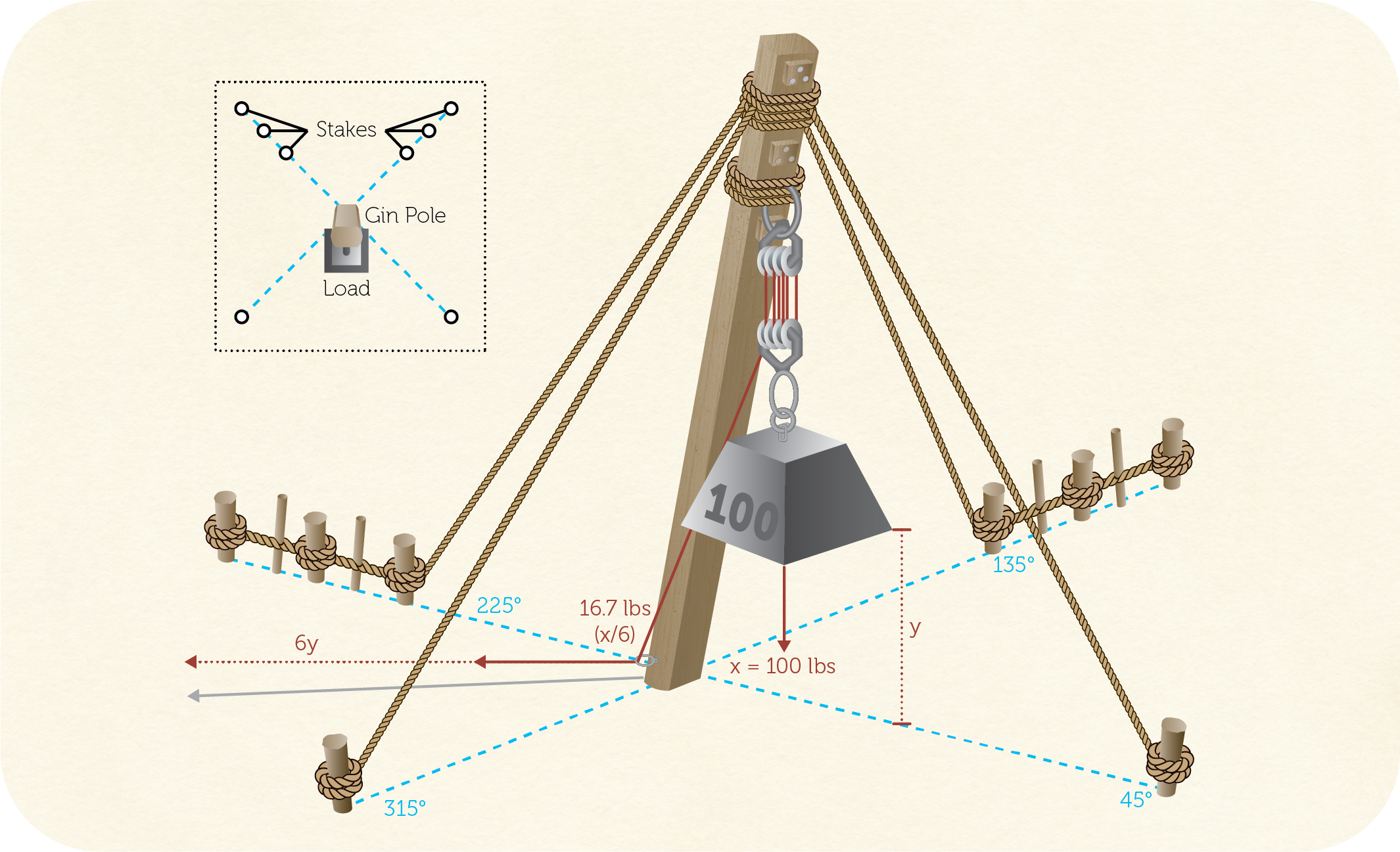
Figure 5-3: The gin pole diagram
- Attach cleats to the gin pole with three nails per cleat, as shown in Figure 5-4. The cleats will keep the ropes from sliding down the pole.
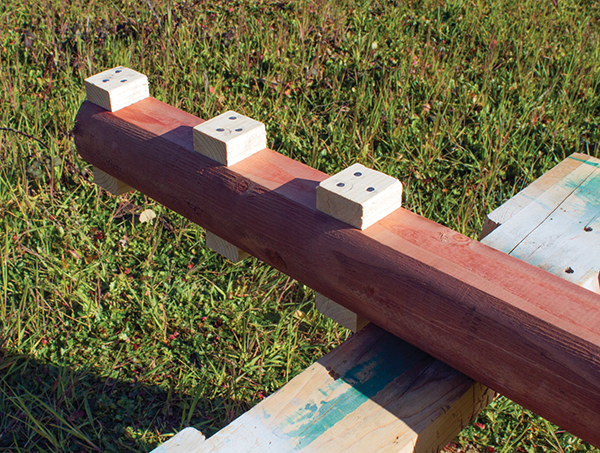
Figure 5-4: Attaching the cleats
- Attach the screw eye to the pole about 1 foot from the lower end.
- Next, connect the hoist by lashing the upper block and tackle hook to the top of the gin pole just above the lower cleat.
- Loop the rope around the hook three times and then use a secure knot such as a clove hitch to tie off (see Figure 5-5). This is known as the fixed block.
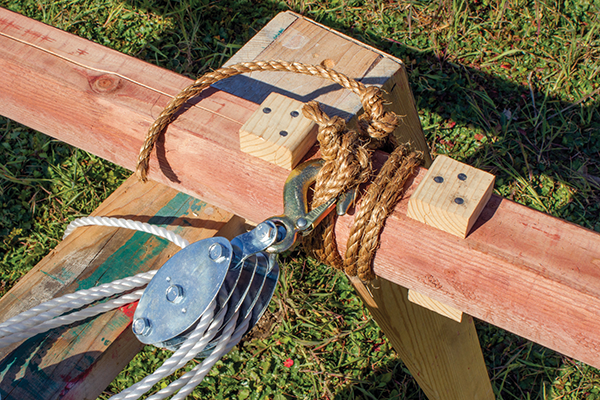
Figure 5-5: The hoist attached to the gin pole
- Now cut four guy lines, each about 20 feet long.
- Place the gin pole on its side and tie four clove hitch knots just above the upper cleat (see Figure 5-6). Tie the knots so that when each guy line extends straight out, the rope is not bent or doubled back.
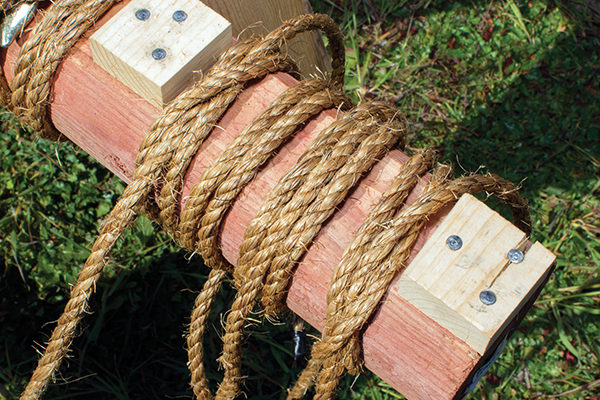
Figure 5-6: Adding guy lines to the gin pole
- Position the stakes so they are all 9 feet from the hole you dug at these compass points—45 degrees, 135 degrees, 225 degrees, and 315 degrees—all measured from the imaginary line that extends between the load and the hole.
- Pound in the stakes until about 8 inches of the stakes remain exposed, at an angle of about 25 degrees from vertical, extending away from the pole.
Staking things is a skill in and of itself. Depending on the weight of the load you are trying to lift, a lot of force will be pulling on those stakes. Make sure you use the 1-1-1 staking technique (shown in Figure 5-7) to increase the holding power of the rear guy lines at 135 and 225 degrees (the front guy lines don’t hold much, if any, load).
To complete the 1-1-1 staking process, follow these steps:
- Place three stakes in a line, spaced about 1 foot apart, and connect each to the others.
- Insert a twisting pole, called a Spanish windlass, in the middle of each rope loop and twist the loop until the connecting rope is nice and taut. Securely anchor one end of the Spanish windlass against the ground (see Figure 5-7).

Figure 5-7: Staking the gin pole
- Now that you have your stakes positioned, place the lower end (the end closer to the screw eye) of the gin pole into the hole you dug. Angle your crane so that the hoist is directly over the load.
To do so, have a helper hold the pole while you extend the rear guy lines (the lines at 135 degrees and 225 degrees) to the stakes and tie them each off with a secure knot like a clove hitch.
- Now extend the guy lines to the stakes at 45 degrees and 315 degrees. When you actually start to lift, these lines will go slack, because all of the weight will be borne by the gin pole and two rear guys, but you need to tie them off securely anyway.
- Now rig your triple block and tackle and thread the load rope through the screw eye.
- 13. After your block and tackle is attached, you need to attach the load to the bottom pulley block; this is the moving block.
- Now to put your gin pole to use, all you need to do is pull steadily on the load rope. The weight will slowly rise (see Figure 5-8).
Your ancient crane is now giving you a 6:1 mechanical advantage. The amount of weight that your gin pole can handle depends on the length and thickness of the gin pole, the capacity of the rope, the quality of your knots, and the holding power of the stakes. Take it easy to begin with as you learn the capability of your rig.
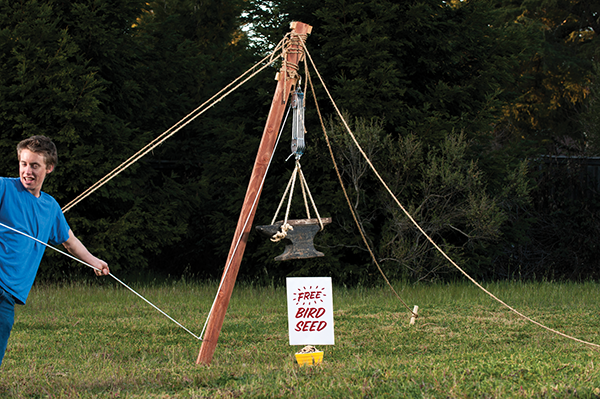
Figure 5-8: The gin pole being put to nefarious use
Once you get the hang of it, there’s almost no limit to what you can lift!
The Science of Lifting of Heavy Things
Heron’s original manuscript on how to lift stuff, a tome called Mechanics or the Elevator, was lost. Luckily, Arabic translations survived with the no-nonsense title Book about the Lifting of Heavy Things. One of the really big ideas in Heron’s book is that of using a force-amplifying block and tackle rig (a system of ropes and pulleys) attached to the top of the crane that allows a person to lift heavy objects by trading displacement for force. As the diagram in Figure 5-9 shows, with a single block and tackle (where one pulley is fixed and the other moves), you can lift a weight of x pounds to a height of y feet by applying a force of only ½x if you are willing to pull on the rope for 2y feet. That’s a 2:1 mechanical advantage! This bit of knowledge may be well-known now, but in ancient Greece, this was an incredible insight.
Figure 5-9 shows how the 2:1 mechanical advantage actually occurs. Instead of a single rope bearing the entire weight, the addition of a second pulley means that the weight is now suspended by ropes from two pulleys rather than one. So, the weight is split between the two pulleys, and each rope supports only half of the total weight.
So, to hold the weight of say, 100 pounds, suspended in the air, you only need to apply 50 pounds of force to the rope holding the 100-pound weight.
There is, of course, that trade-off we discussed a few paragraphs earlier. If you want to lift the weight 10 feet higher (y feet), then you have to pull in 20 feet (2y feet) of rope. There’s no free lunch in the world of physics. That’s the bargain that Heron made—with his crane, the force you need to pull the weight has been cut in half, but the distance you have to pull the rope is twice as long.
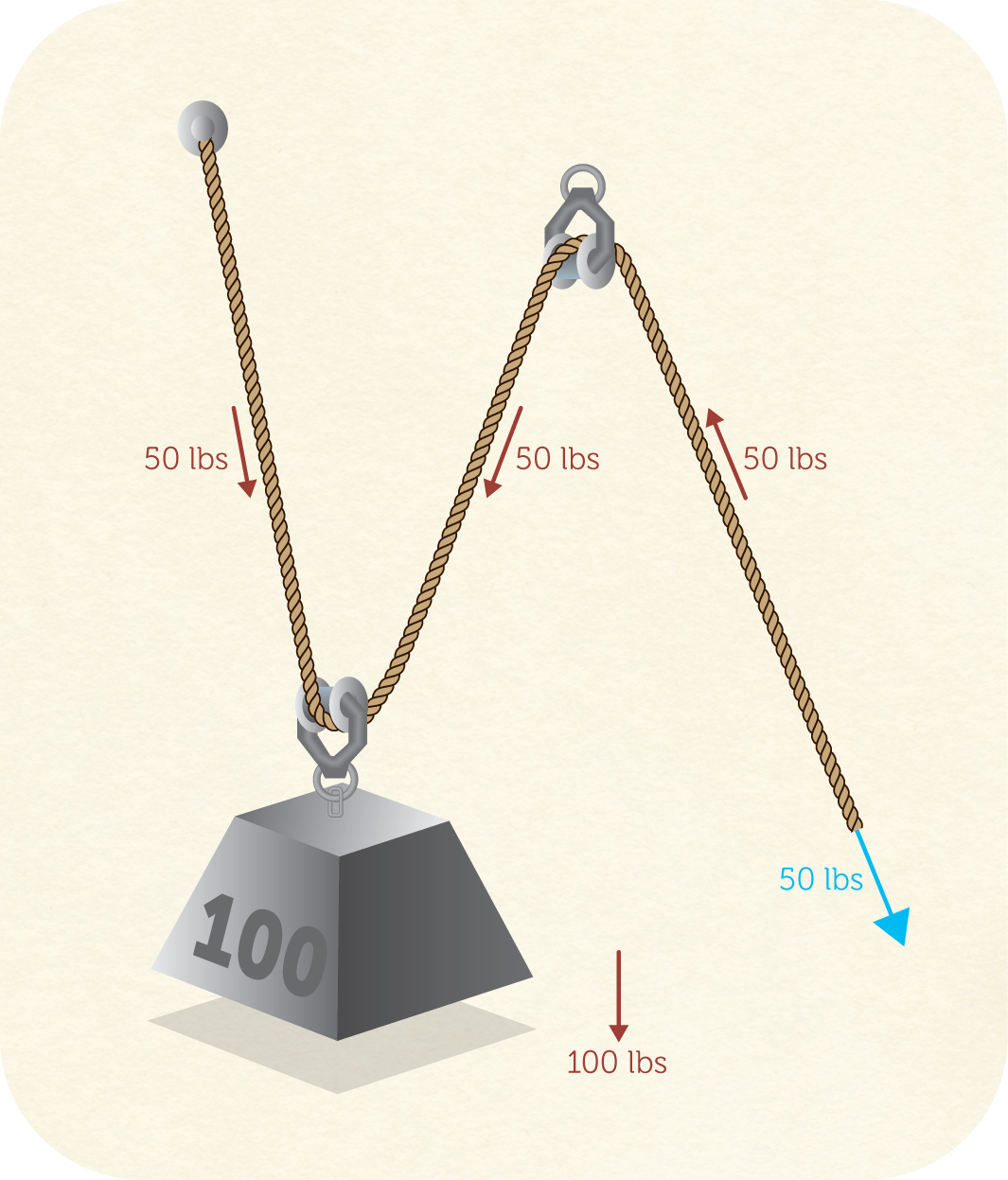
Figure 5-9: How a block and tackle works
